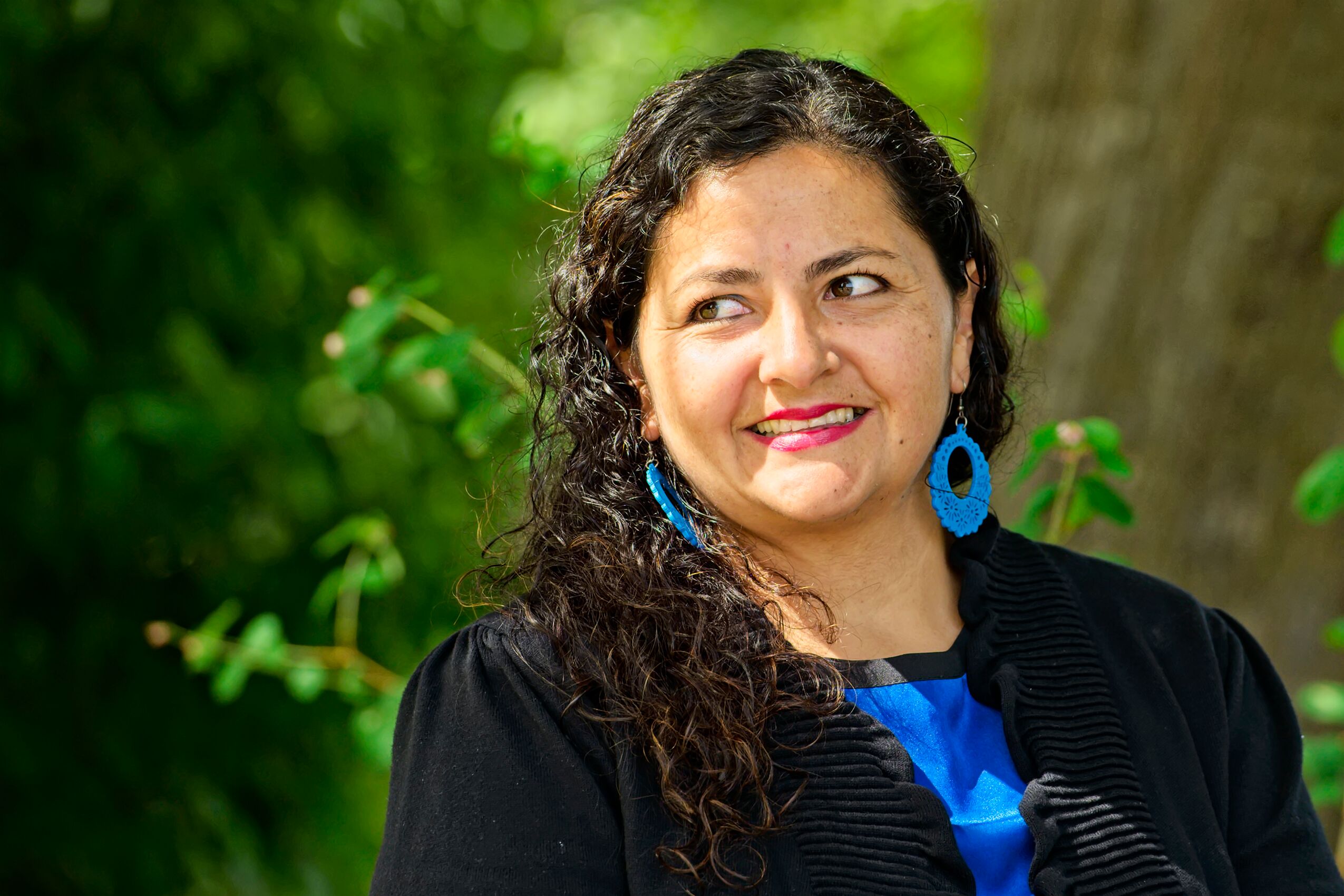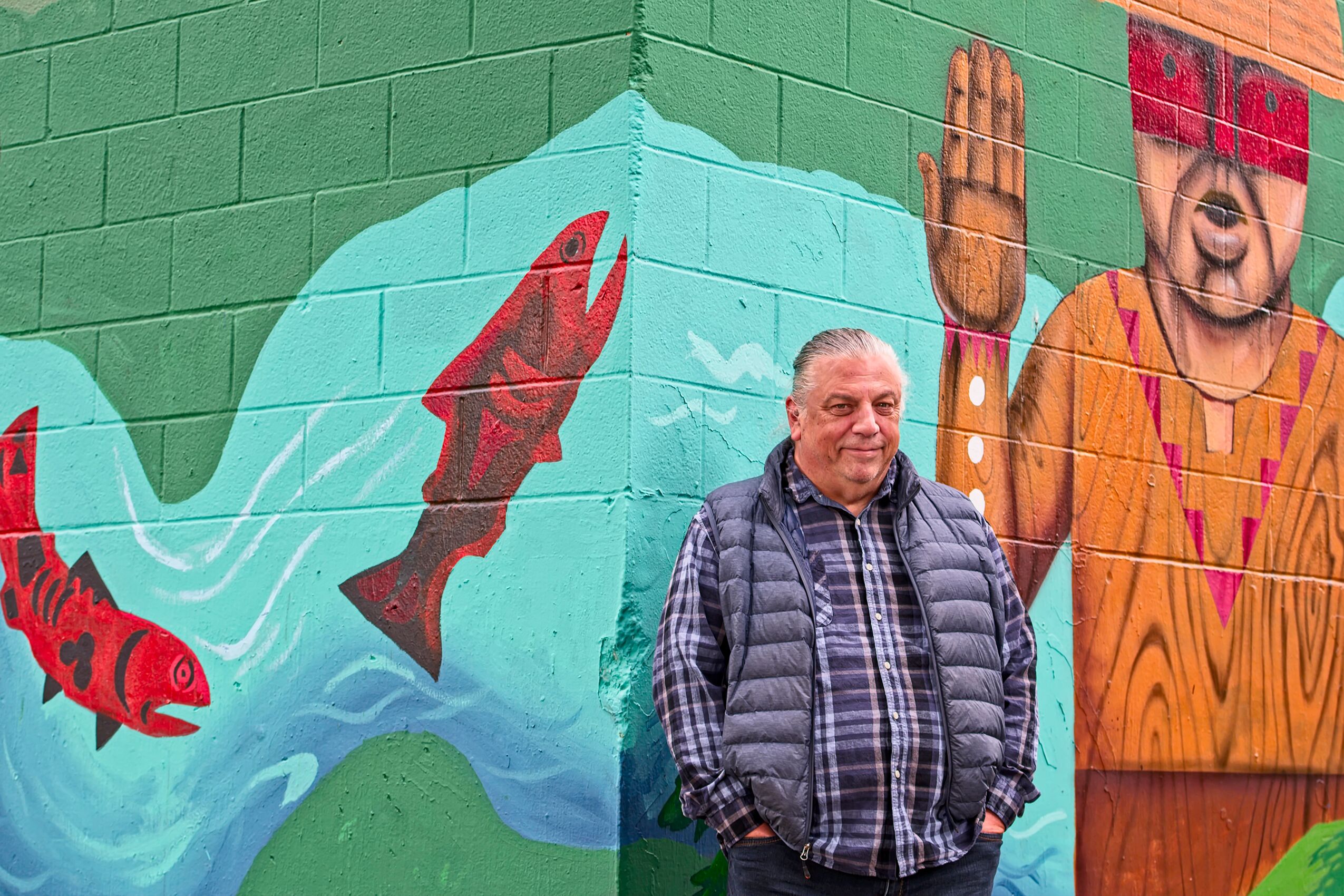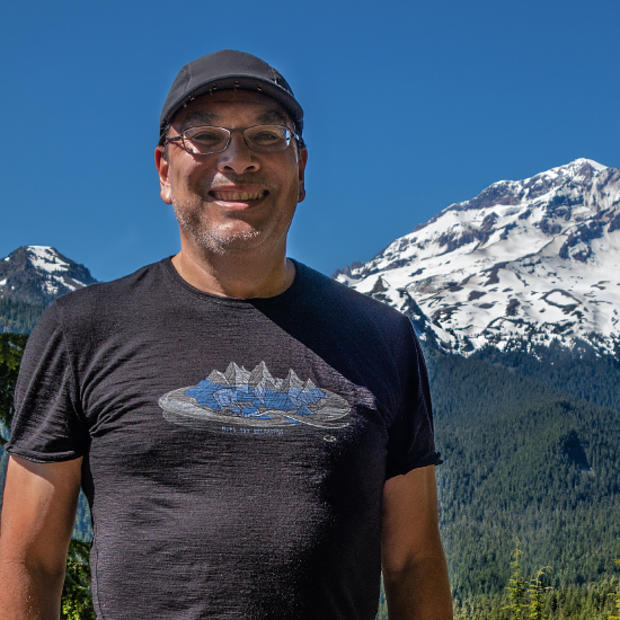To the right, down Cloverdale, a short span of shiny restaurants and watering holes anchor a veritable samba line of new construction or parcels awaiting a similar fate. To the left, a stretch of three enduring Mexican restaurants hold down a block that ends in a parking lot, usually home to one of the best taco trucks in the city.

Beyond Taqueria Muy Macho lies the South Park Bridge. It is such a lifeline between the neighborhood and the rest of Seattle that its closure from 2010-2014, for safety concerns, not only choked off some 20,000 vehicles that traveled it daily, but throttled the life out of the businesses that used to line 14th Avenue, just south of Cloverdale.
And out of those ruins sprang the businesses that López said represented the (unwanted) future of her neighborhood. Such is their power that The New York Times travel section visited that handful of storefronts back in April and declared South Park a “blue-collar” neighborhood “on the rise.” The story was illustrated with a photo of the South Park Marina, a gleaming Mount Rainier in the background, making what essentially is a flotilla on a poisoned river look like a yacht club during boom times.
“You might as well have put up a sign that said, ‘Gentrify me,’” López said of the Times story. “It was so disappointing.” In a neighborhood where 28.3 percent live below the poverty level, gentrification is tantamount to displacement.
A few weeks later, I sat through several rain showers with James Rasmussen in Duwamish Waterway Park. He’d chosen López as his successor at the coalition, where he now serves as superfund manager. (Oh yeah, Seattle’s only riverfront community needs a superfund manager — and a cleanup coalition, for that matter — because its river, the Duwamish, was declared in 2001 one of the most polluted places in the country by the Environmental Protection Agency.)
Maybe decades of serving as the ashtray of Seattle industry and transportation factors into how South Park has evaded “full-bore gentrification,” as the Times declared.
“Affordable housing passed air pollution as the biggest concern in this neighborhood two years ago,” said Rasmussen, who has served on the Duwamish Tribal Council for nearly 30 years and was the founding director of the Duwamish Tribe’s Longhouse and Cultural Center. The Duwamish, the original inhabitants of this region, though not a federally recognized tribe, make for perfect stakeholders in South Park, arguably the most forgotten neighborhood in a white, liberal city that purports to stand for the disenfranchised.
I’m fairly certain I heard most of my conversation with Rasmussen over the constant rumble in South Park, but it was difficult. The jetliners arrive about every 90 seconds at such low altitudes that you’d swear you could wave to the people inside of them. On weekdays, especially, when the planes aren’t showering the area with noise and particulates, heavy trucks smoke and reverberate through the streets of what is more an industrial area than an actual neighborhood. An acoustic complement to this eclectic soundscape comes in the form of a constant, dull roar from Highways 99 and 509, which hem in South Park to the west.
This neighborhood gets its pollution from land, air and sea, contributing to a life expectancy of 73.3 years, 13 fewer than in far-tonier northern Seattle neighborhoods such as Laurelhurst. A perfect storm for South Park would involve heavy rains leaching spilled chemicals on industrial sites and toxins from uncovered garbage containers draining straight into the Duwamish. Picture two ditch diggers, side by side, each shoveling dirt into each other’s holes. It’s a wonder that the river cleanup is ahead of schedule and 25 percent more effective than projected, according to Rasmussen.

Many of the neighborhood’s aerial visits are courtesy of Boeing Field, a sprawling compound situated on the other side of the river, which the company used as its personal latrine for too long. South Park also is so close to Sea-Tac International that a website lists the airport among public transportation options for the neighborhood. The airport and the two Metro bus lines that run through South Park would at least help the place more closely resemble an actual transportation hub, one of the characteristics that may make it more deserving of its “urban village” designation by the city.
The designation, in turn, makes South Park a party to zoning changes recently approved by the city council. This is great news for the speculating developers whom our activist tour guides say bought up lower-priced houses beyond the new businesses on Cloverdale and kept them boarded up and vacant while awaiting the city’s upzoning bonanza. One of the structures used to be a notorious drug house, according to the activists. Score one for looming gentrification.
The hipster coffee shops and yuppie hangouts portrayed in our national newspaper of record are clear outliers in South Park. More pervasive is a derelict urban landscape dotted by features such as unpaved streets like South Chicago and ramshackle houses randomly sited next to industrial lots ringed by razor wire and tagged-over signs warning of guard dogs. The South Park Playground is a divot-filled, natural-turf field tragically unsuited for soccer, the favored sport of the burgeoning immigrant community here. The playground is, however, very convenient to the pungent South Seattle waste-transfer station and a heavily muraled and graffiti-ridden skate park that locals say is not used by locals.
The Duwamish River’s history of pollution is unknown to newly arrived, often non-English-speaking South Park residents. That makes it difficult to explain why the river should be fished only for migrating salmon and not static, highly toxic native species. Not to mention that living by a river in which you cannot swim, López says, is like “being offered a piece of chocolate, but told you cannot eat it.”
The exceptional part of South Park is the people, full of place-pride, mostly Latinx and overwhelmingly nonwhite. When López moved here from Ecuador 14 years ago, she and her husband were looking at houses in South Park, heard Spanish spoken on the streets, and decided it was “the perfect place to grow my family. It wasn’t until later that I saw all the injustices.”
López and others are a bit fearful of fighting for a future that, because of their own successes, might not include them. That doesn’t stop them from fighting. They just wish the empty accolades from the likes of The New York Times were reserved for, say, the other South Park, at Comedy Central, where the challenges aren’t nearly as serious.

